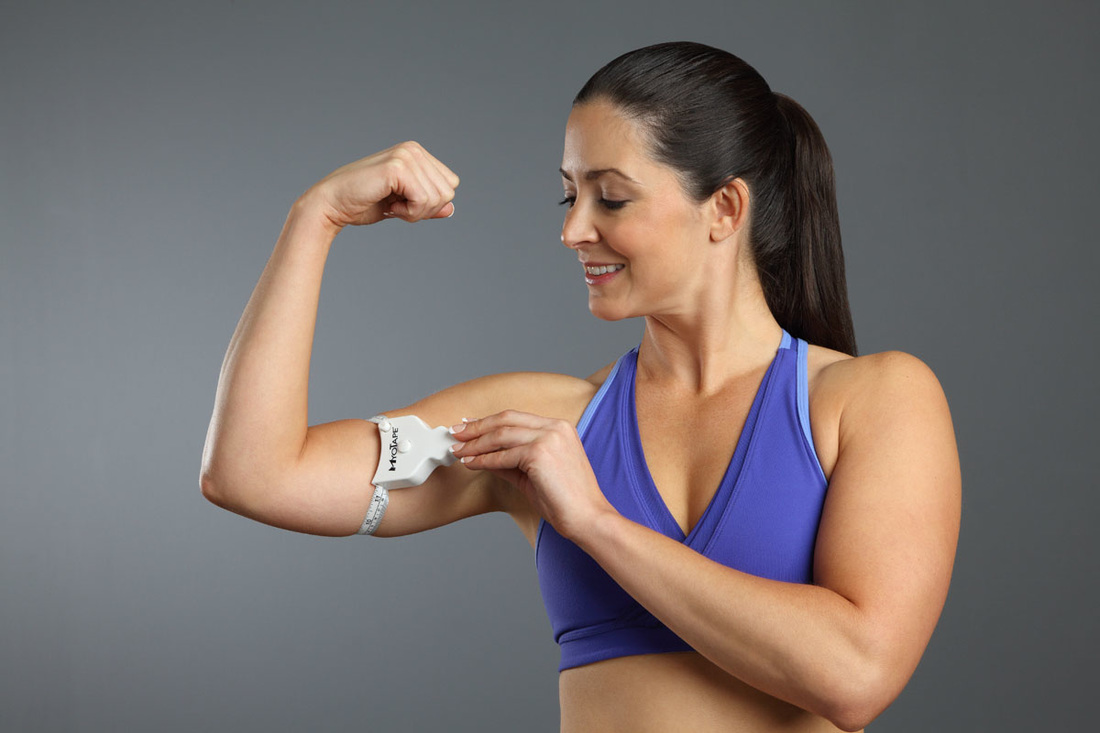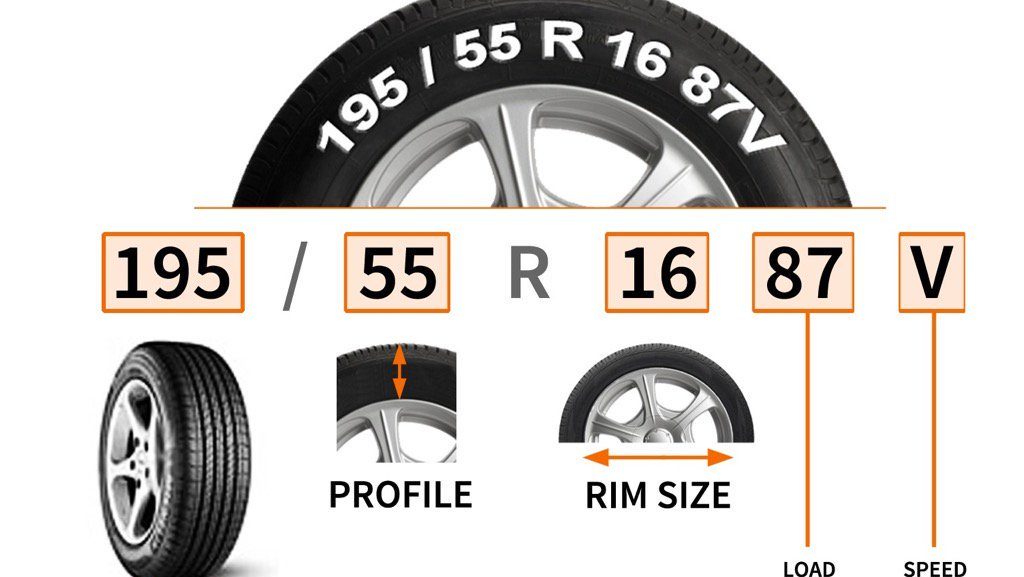While body tape has been around for decades, it was Olympic beach volleyball competitor Kerri Walsh’s use of athletic tape in the 2008 Beijing Summer Olympics that caused a spike in interest for its use. There are many types of body tape available on the market today, with many different uses, depending on the construction of the tape itself. Tapes can range from a light hold to an extremely strong hold, and choosing the right one can sometimes prove difficult.
Before you dive into the world of athletic tape, it is important to understand that taping is not for everyone. Please consider avoiding using body tape if you have:
- Hypersensitive skin prone to irritation, or you have an allergy to adhesives used in tapes.
- Active eczema, psoriasis or dermatitis in the desired areas of use.
- Developed fresh scars or sunburns in the desired areas of use.
- Circulatory issues or are undergoing treatment for a medical condition.
- A “pins and needles” sensation or numbness when the tape is applied.
It is also generally a good idea to remove moisturizers and avoid taping wrinkled skin like those areas found on hands and feet.
Types Of Body Tape
The following is a list of common tapes used in the athletic and fashion industry sorted by hold, generally moving from the lightest to strongest, along with their general uses.
- Coban: A self-adhesive tape that is usually used to cover other tapes to ensure they don’t lose their adhesiveness in dry or sandy conditions. This type of tape does not adhere to the skin.
- Fashion Body Tape: This slightly stretchable double-sided tape is mostly for aesthetic purposes. It is usually hidden under clothing and used to hold breasts or buttocks in place, securing strapless dresses, or to ensure bra straps remain in place.
- Lightplast: A light compression tape that can be used in place of more rigid tapes when support is still required. Usually applied around joints.
- Wet Proof Tape: This waterproof variety of supportive tape is flexible and is the only tape that can be applied on completely wet surfaces. It is also the most skin-friendly tape for those with hypersensitivity or allergies to some adhesives.
- Kinesiology Tape: A flexible, cloth-based tape that is designed to be breathable and move with the body, especially for longer terms. This is the most versatile tape, which is most commonly used in physical therapy when correcting inflamed muscles.
- Elastikon/Elastoplast: Highly twisted cloth or yarn tapes with cotton construction and rubber-based adhesives. A slightly elastic “strong tape,” which is commonly used to support joints, and generally only used for a single day.
- Athletic/Sport Tape: The most commonly used tape in athletics, known for being very strong and inelastic. Greatly limits the movement of joints to ensure they stay stationary, and generally only used for the duration of one athletic event.
- Leukotape + Coverall: The strongest and most inelastic of all tapes, Leukotape is usually used in conjunction with Coverall, which is applied underneath to protect skin from the strong adhesive. This tape is used to correct joint positions by pulling two bones back into proper alignment. Due to strength, it is generally only used by professional health care practitioners.
Always consult a professional if you are unsure about which tape is right for you. These are a general guideline on the most common tapes, but your physical therapist or personal trainer would be able to give you a better idea of what your unique needs might be.
Why Use Body Tape?
There are many uses for body tape and reasons why they might be helpful for you. Rigid athletic tape is commonplace in many sports locker rooms and is used to help add support to joints like ankles, knees or wrists. Many people injure themselves and often need physiotherapy to help return to form, and tapes like kinesiology tape can be the ideal candidate.
They are also often associated with assisting proprioception, or how your body knows where it is in space. This is what tells you where your arm is when you throw an object, or where your leg is when you kick a ball. It will also help you identify what parts of your body an injury might be affecting.
There are some who also believe that tape is a useful tool for reducing pain. For example, kinesiology tape is thought to lift your skin away from inflamed muscle groups, allowing more space for the muscles to move and expand while removing pressure from pain receptors in your skin. Many swear by these effects and claim their usefulness, and it’s probably best to try it for yourself and come to your own conclusions.
When choosing your tape, take your time and do your research. It always pays to be prepared, and will likely mean your tape will be more effective in the long run.
Author’s Bio
Colin Hegarty is a content writer for BreezeMaxWeb that helps businesses showcase their brand through enticing copy. When he’s not working, you can find him playing net in a local beer league or biking around the city.















